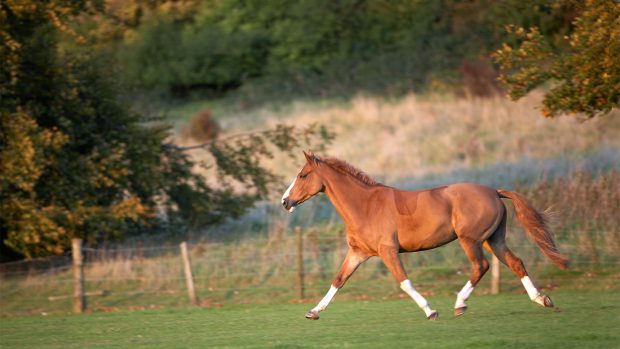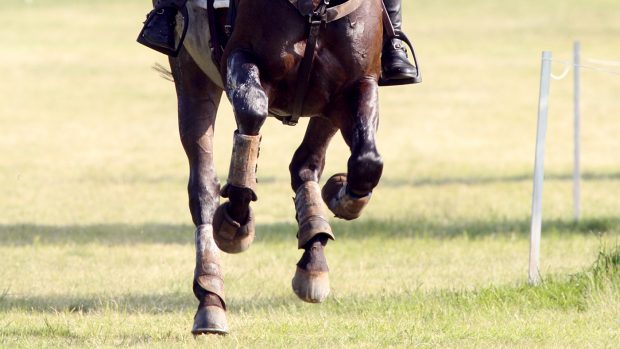Spavin is a term horse owners dread; it is the standard name for osteoarthritis of the lower hock joints. Bone spavin in horses may affect one or both of the lower hock joints, and frequently affects both legs.
The hock is a complex of several joints, with most movement occurring in the uppermost joint. There is relatively little movement of the two lowest joints, but a lot of force is transmitted through them.
Like osteoarthritis in people, the cause of spavin is not very well understood. There is a very high incidence of it in Icelandic ponies, suggesting that in this breed there is a genetic predisposition. Other factors, including trauma and conformation, may play a role. Although we tend to think of osteoarthritis as occurring in older individuals, the disease can affect horses of all ages.
For a pleasure horse, use of bute to provide long-term pain relief can be a very reasonable option. However, this depends on the degree of lameness and the response to medication. Some horses respond well, whereas others do not. This is generally related to the degree of lameness. But it has to be said that in some horses spavin is a career-ending disease.
Diagnosis of bone spavin in horses
The presence of X-ray abnormalities that are consistent with osteoarthritis does not always mean that a horse will suffer from lameness. A sound horse may have X-ray abnormalities and in many lame horses diagnosed with spavin, X-ray changes are fairly advanced when the diagnosis is first made. This means that the disease predated the onset of clinical signs.
However, once pain has been triggered it tends to be persistent. It’s therefore important to prove that the lameness is because of hock pain and not something else. This is achieved using nerve blocks. The entire hock region can be desensitised using tibial and fibular nerve blocks, or local anaesthetic solution can be placed into the lower hock joints — so-called intra-articular anaesthesia.
If the disease is advanced, intra-articular anaesthesia may give a false negative result — lameness may persist unchanged. This is because some of the pain comes from within the bones of the affected joints, which cannot be influenced by the local anaesthetic solution.
There are a variety of X-ray changes seen in horses with osteoarthritis, and recognition of these is important because it influences the likely response to treatment.
Some horses develop spurs of bone around the joints, called periarticular osteophytes. Others develop more destructive changes within the joints, with loss of cartilage resulting in joint space narrowing, with or without areas of adjacent bone loss. Such horses tend to be the lamest and most difficult to manage successfully.
Less commonly, lameness can be abolished by intra-articular anaesthesia, but the X-rays of the hock appear normal. Some of these respond very well to a single intra-articular treatment and probably had soft tissue inflammation.
However, there is a small group of horses without X-ray changes that responds very poorly to treatment. They don’t progress to develop X-ray changes and currently we don’t fully understand the mechanism of disease and pain in these. It is then important to rule out other problems, such as high suspensory injuries.
- This veterinary feature was first published in Horse & Hound (8 September ’05)




